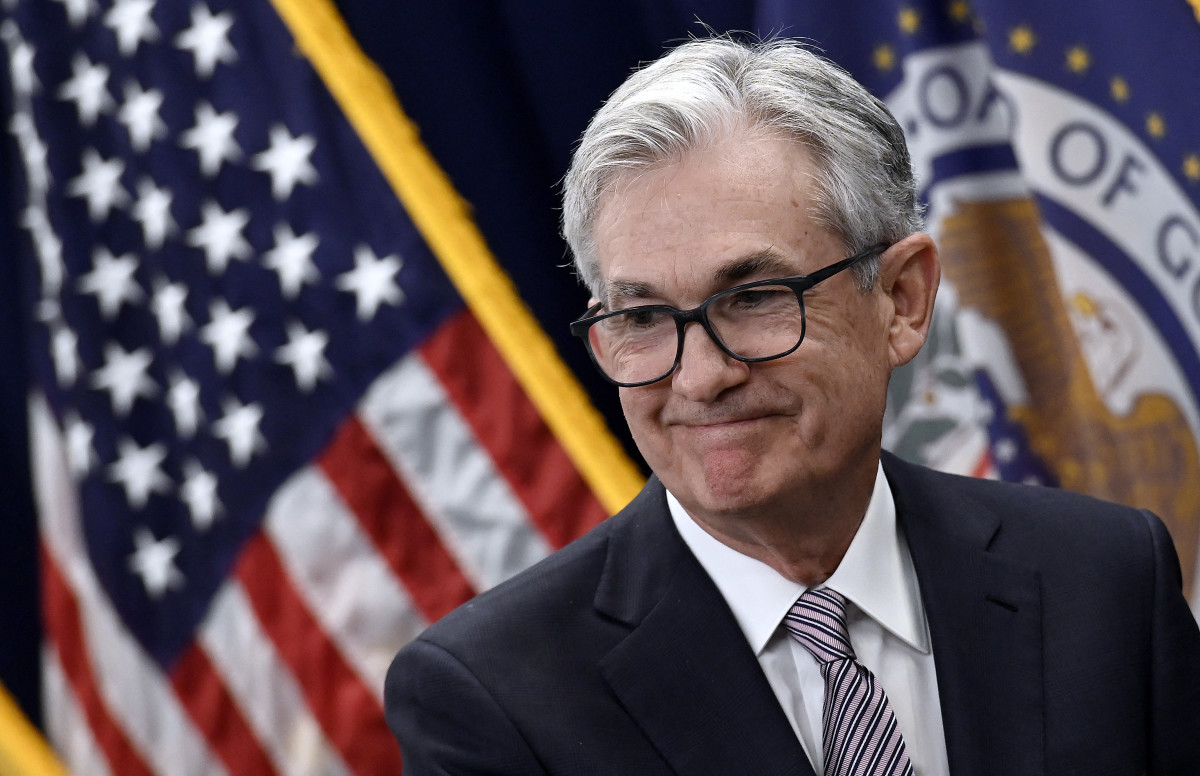
U.S. inflation pressures quickened modestly last month, but core price pressures continued to ease, suggesting the broader trajectory is moving slowly toward the Federal Reserve's 2% target over the coming months.
The headline consumer price index for February was pegged by the Commerce Department at 3.2%, rising from the prior month's tally of 3.1% and coming in ahead of Wall Street's 3.1% consensus forecast.
On a monthly basis, inflation edged 0.4% higher, faster than the 0.3% gain in January but matching Wall Street's 0.4% forecast.
So-called core inflation, which strips out volatile components like food and energy, eased to 3.8%, the lowest in more two years but higher than Wall Street's 3.7% forecast. The monthly reading of 0.4% also topped Wall Street forecasts and matched the January reading.
The Fed tracks core inflation pressures as part of its price-stability mandate, and the year-on-year gains remain nearly double its preferred target of 2%.
"With inflation coming in slightly hotter-than-expected, we think it’s a coin flip as to whether the Fed cuts interest rates in June or if it takes a more conservative approach and waits until September," said Skyler Weinand, chief investment officer at Dallas-based Regan Capital.
"The last mile of price stability is proving to be the hardest, and inflation was able to decelerate from 9% to 3% rather quickly, but the path to the Fed's 2% target may take more time than expected," Weinand added.
US February CPI: 0.4% m/m in topline & core. 3.2% & 3.8% Y/Y. Housing, shelter & OER all up 0.4%. So, that January move was likely seasonal noise rather than signal of a new trend. Services up 0.5% following the 0.7% in January. Again, not seeing a new trend. It’s sticky and… pic.twitter.com/gEpC1AO74e
— Joseph Brusuelas (@joebrusuelas) March 12, 2024
U.S. stocks were extended gains following the data release, with futures tied to the S&P 500 indicating an opening bell gain of 23 points while those tied to the Dow suggest a 50 point advance. The Nasdaq is called 70 points higher
Benchmark 10-year Treasury note yields rose 1 basis point following the data release to change hands at 4.104% while 2-year notes were pegged at 4.542%, around 1 basis point lower from prior to the data release.
More Economy:
- Analysts revamp interest rate targets following Fed meeting
- Bond markets’ reaction to key data could be great for stocks
- Jobs report shocker: 353,000 hires crush forecasts, stokes inflation fears
Last week, the Labor Department said 275,000 new jobs were created last month. The larger-than-expected overall tally spooked investors concerned about the impact of rising wages on inflation.
However, the February jobs report also noted that average hourly earnings growth eased by a slower-than-expected 0.1%, the smallest increase since last autumn. The year-on-year gain slowed to 4.3% from 4.6%, a figure that also fell inside Wall Street forecasts and should soothe concern about spiraling wage gains.
Meanwhile, the the labor-force-participation rate both held at 62.5% while the headline unemployment rate edged higher to 3.9%.
CME Group's FedWatch has long discounted the chances of a Fed rate move next week in Washington. It now pegs the chances of a quarter-percentage-point cut in June at around 60%.
Related: Veteran fund manager picks favorite stocks for 2024







